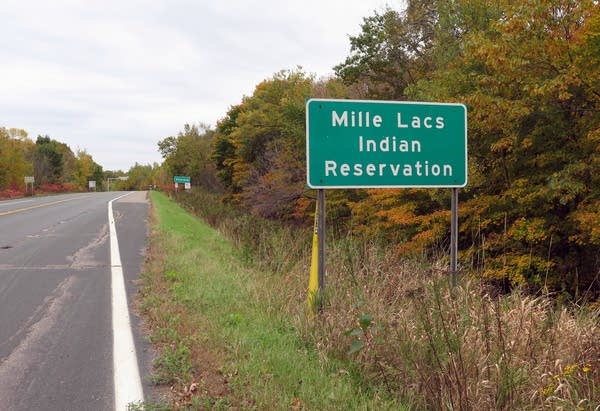Mille Lacs County board race highlights old tensions

The Mille Lacs Band of Ojibwe's main reservation area is about 100 miles north of the Twin Cities on the southwest side of Mille Lacs Lake. Tensions between Mille Lacs County and the band are becoming a part of a local county election.
Kirsti Marohn | MPR News 2017
Go Deeper.
Create an account or log in to save stories.
Like this?
Thanks for liking this story! We have added it to a list of your favorite stories.


